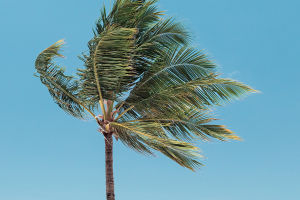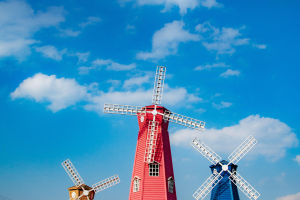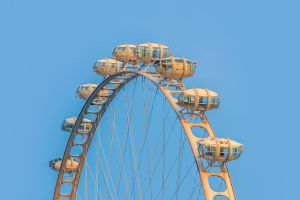The Atlas Mountains in Africa originate from Atlas, the descendant of the Titans in Greek mythology. He is the brother of Prometheus, the fire stealer, and he is taller than anyone else. Atlas once opposed Zeus, and after his failure, Zeus ordered him to stand in the western place where heaven and earth meet and carry the sky on his shoulders.
The Atlas Mountains system is shaped like an elongated oval with a vast complex of plains and plateaus between mountains. It includes the different northern mountains Tell Atlas and southern mountains Sahara Atlas. Mountains form the edge of a vast plateau in eastern Morocco and northern Algeria.
To the east, in Tunisia, they join at the Tebessa and Medjerda hills. To the west, in Morocco, they merge into the high and rugged peaks of the Middle Atlas and the Great Atlas. Anti-Atlas extends southwest from the Great Atlas Mountains to the Atlantic Ocean. Geologically, the Tell Atlas is a young, folded mountain range associated with the European Alpine system. The southern Saharan Atlas, however, belongs to a different structural group, the vast, ancient plateau group of the African continent.
In ancient times, the Atlas Mountains were geologically part of the Appalachian orogeny due to the connection between Europe, Africa, and North America. Formed when Africa and North America collided, the mountains were much higher than the Himalayas today. Today, traces of this mountain range can still be seen on the dip line in the eastern United States or in the Appalachian Mountains. The Sierra Nevada mountains in southern Spain were also formed during the same movement.
The Atlas Mountains, more than 400 kilometers long, stretch from the white beaches of the Atlantic Ocean to the Sahara Desert. The main peak is magnificent, comparable to the Albes and the Pyrenees. Dreamy smooth pink granite peaks, outline winding canyons and sheer cliffs, like a crescent-shaped landscape. Occasionally an oasis of richness dotted it; clusters of houses, brightly colored, were hidden among green palm trees.
Best of all, Anti-Atlas is easy to get in and out of: if you want to take a day trip, you might as well rent a trolley and ask the driver to double as a tour guide; if you want to go for a week or more, you can sit in a rental car. In the car, explore the secluded "ski trails" in the narrow and rugged mountains, and stay at the mountain inn in the evening. Walking in the countryside is refreshing, not as difficult as climbing the Atlas Mountains, and the local Berber tribes are gentle and friendly.


